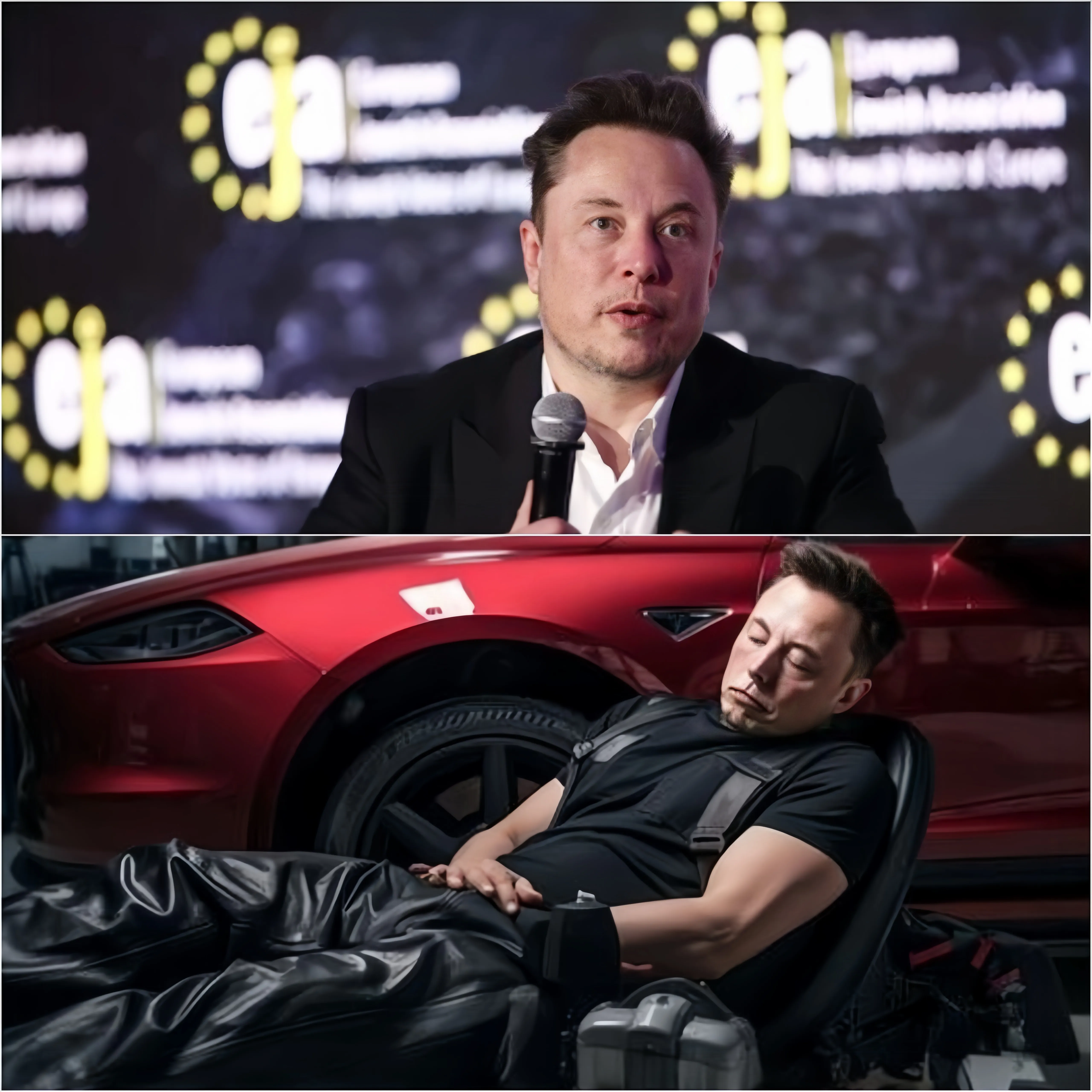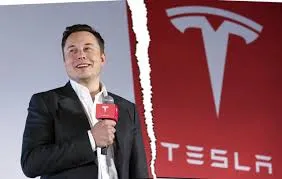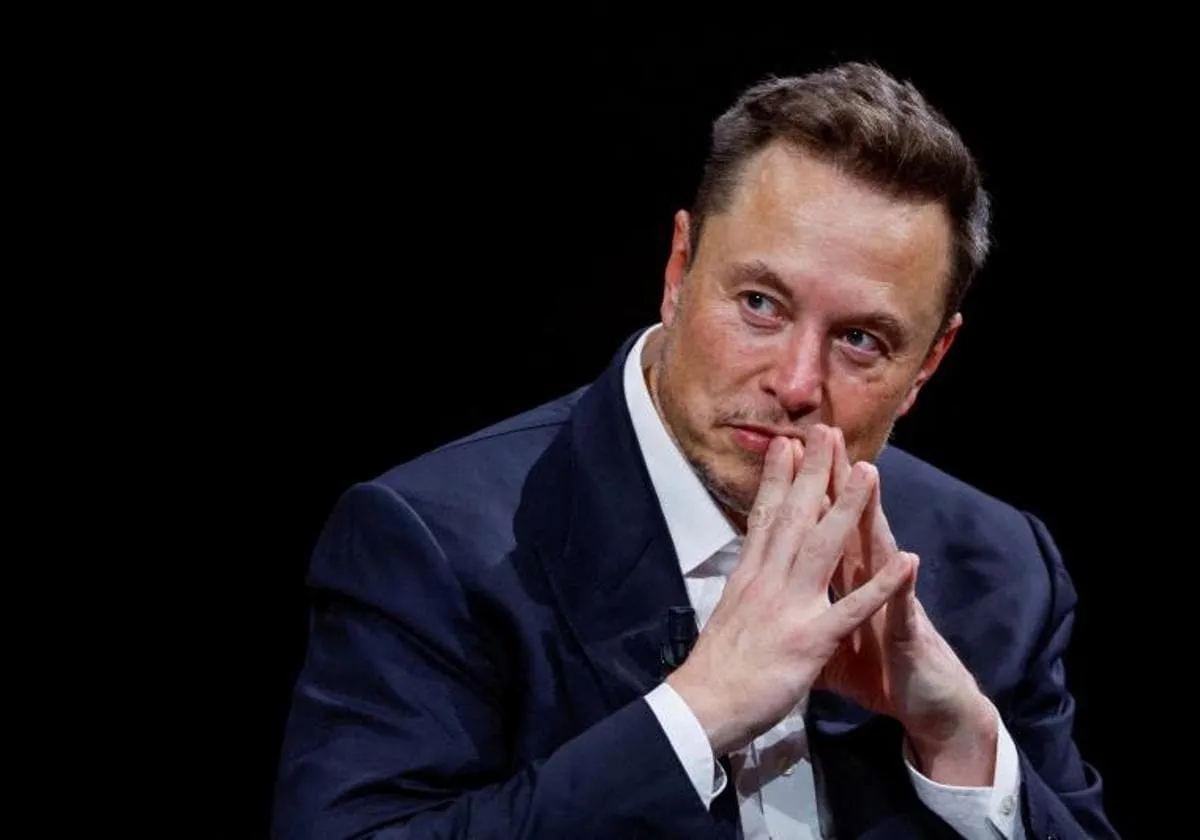In 2018, when the entire world thought Tesla was on the verge of bankruptcy:

- Mercedes predicted: “They’ll go bankrupt by summer.”
- BMW asserted: “They’ll never achieve mass production.”
- Wall Street proclaimed: “A manufacturing nightmare.”
Then, Elon Musk decided to move into the factory, bringing with him his determination—and his pillow. What happened afterward left every CEO in awe. Tesla didn’t just survive; it exploded from the brink of collapse.

The transformation was genuinely radical:
- Musk personally inspected every production station.
- He rewrote software code when necessary.
- He fired managers who didn’t align with his vision on the spot.
- He called suppliers at 3 a.m. for urgent parts.
One night, workers even found him covered in grease while fixing a Model 3 that other engineers had “given up on.”
Elon told his engineers, “Either we fix them, or we’re done.”
The auto industry’s laughter started to fade as the numbers came in:
- First week: 202 Model 3s.
- Third month: 5,000 each week.
- By year-end: Tesla posted its first profitable quarter.
Tesla went from being a joke to a legitimate threat, transforming rapidly and making the entire industry take notice.
“It was an incredibly painful period. I don’t know, but maybe I went a little insane,” Elon shared.
Traditional automakers had:
- Over 100 years of experience.
- Billions of dollars in cash reserves.
- Robust global supply chains.
- Deep political connections.
Today?
Tesla’s valuation surpasses the combined values of Toyota, GM, Ford, and BMW.
In just a few years, Elon Musk turned a mocked company into an automotive giant, proving that persistence and vision can change an entire industry.
Leave a Reply